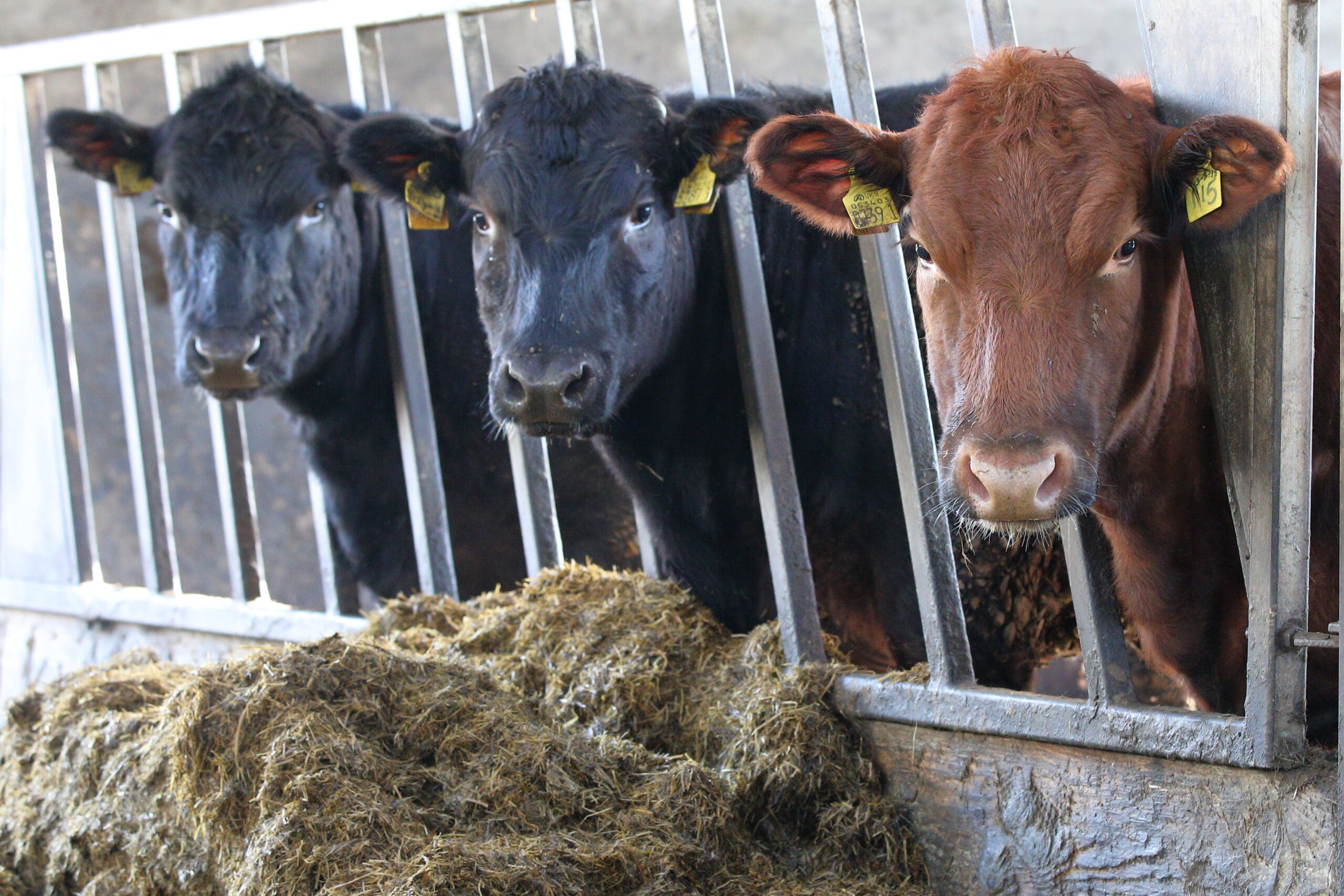
Commodity Watch – Cattle EID Update
In recent weeks the EU has approved legislation on the future introduction of cattle EID, with the more specific details of how this will work likely to be finalized by the end of 2014.
These new regulations offer Member States a degree of flexibility in that each country has 5 years to decide whether they wish to adopt cattle EID or not. Within the first 5 years all Member States are given the option to introduce cattle EID either voluntarily or by making it compulsory, however it is not entirely necessary that they make this decision at all. If a Member State wishes they can wait until the end of the 5 year period, however at this point they must allow farmers to use cattle EID voluntarily if it is not already available. On completion of the 5 year period the Commission will again review the detail of this regulation before deciding on a course of further action.
The technical details for this regulation largely focus around the technology that will be used to make cattle EID effective. Currently with sheep EID, low frequency tags are used with a ‘What you see is what you get’ (WYSIWYG) numbering system. While Member States could opt for a high frequency tag which can collect more data on a particular animal, to date the UFU has lobbied for the inclusion of WYSIWYG low frequency tags to ensure that if cattle EID was ever introduced that all transponders would be compatible for both cattle and sheep.
These regulations also allow Member States to move herd books online so that all births, deaths and movement information could be uploaded electronically and recorded online. This online herd book would form the basis for any cross compliance inspection rather than the standard written herd book. There are currently 8000 farmers using Aphis online with around 50% of all registered births completed in this manner however very few people use Aphis for movements. The introduction of EID technology which would be aligned with Aphis could therefore potentially allow for a reduction in paperwork and the time often consumed reading ear numbers before movements.
Further factors to be considered include the impact on trade between Member States who adopt EID and those that don’t and also the cost of introducing this technology to the industry. The UFU has already held an initial discussion with DARD on this issue and over the course of the next number of months we will discuss it within our UFU policy committees with the intention of reaching a position on the matter in advance of an expected DARD consultation.




